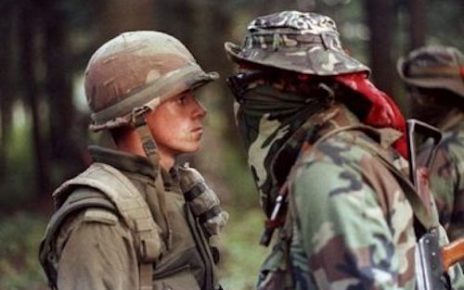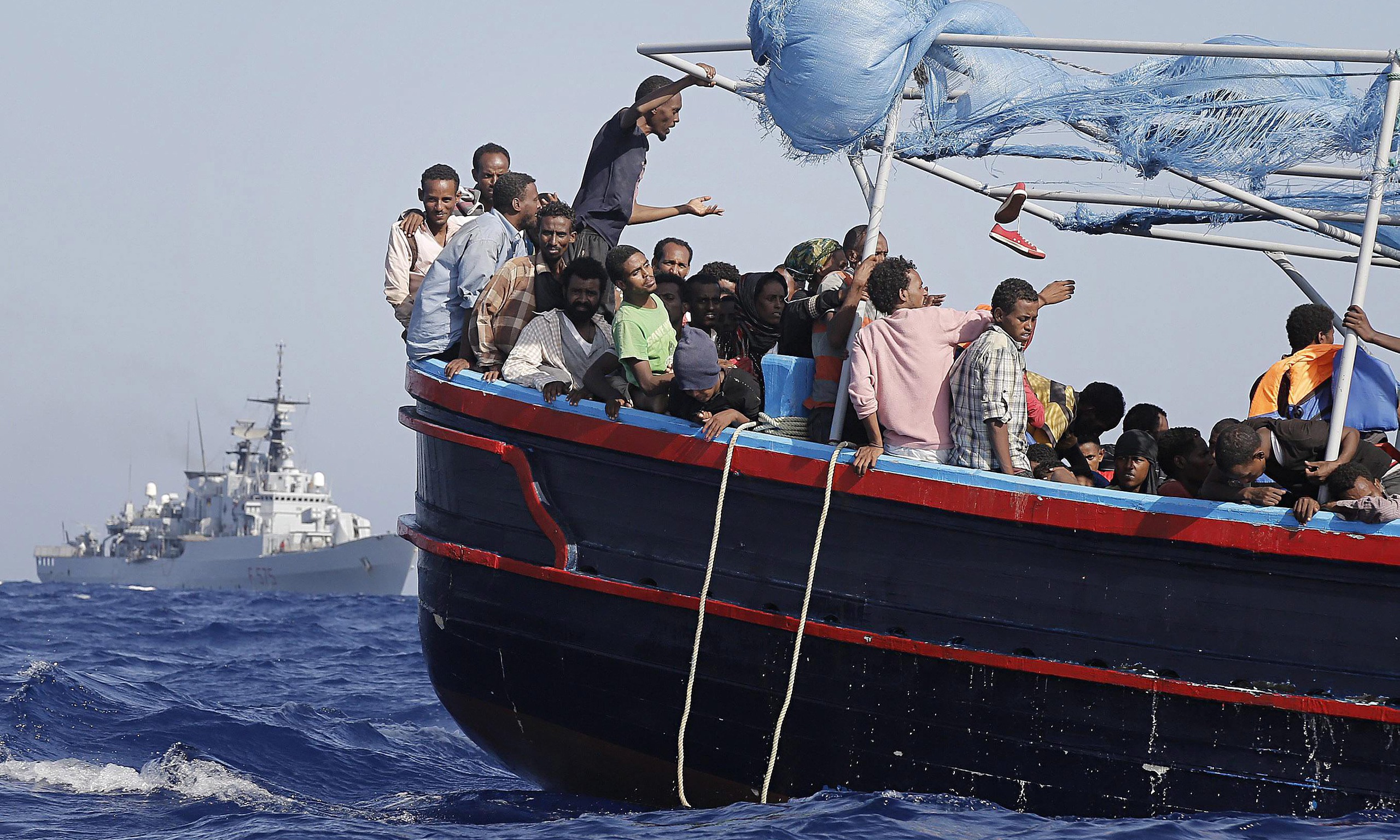Ownership and use of natural resources have long been a source of tension between peoples. Indeed valuable resources have contributed both directly and indirectly to civil war and have often been a source of interstate tension. For the most part, past disagreements over natural resources have tended to invoke episodes of friction rather than outright conflict. However over the last 20 years the global security environment has evolved rapidly as populations have become increasingly interconnected and security threats now proliferate more freely across borders. In the contemporary security environment, threats stemming from population growth, climate change and resource scarcity produce more unpredictable and non-linear effects for the global community.
The complex relationship between natural resources and conflict has been illustrated by the global initiative to ban the sale of blood diamonds, the widely publicized link between foreign oil extraction and civil conflict in Sudan, and the 2009 coup in Madagascar which was prompted by the controversial leasing of farm land to a South Korean logistics company. Other examples include China’s crackdown on Tibet – the source of Asia’s ten largest rivers – Russia and Canada’s increased presence in the Arctic in response to thawing waterways, and quarrels throughout Eastern Europe and Central Asia over oil pipelines and energy security. The thread that connects these seemingly disparate conflicts is the trade of valuable resources and the fear that raw materials, land, water and fuel might soon become unavailable or unaffordable. With the world’s population estimated to increase by up to a third over the next 20 years, demand for natural resources will increase exponentially and so too will related global security concerns.
Identify a pressing resource based security threat(s) facing the world today. What regions/states are affected by this issue(s)? What factors impact the risk associated with this threat? What role – if any – should the international community play in mitigating the risks associated with this threat?
Length: 5,000 word maximum, Times New Roman, 12pt font
Award: Essays received before April 1 will be considered for a partial travel subsidy and free admission to the NATO Council of Canada Spring Conference. Essays received by June 1 will be considered for a partial travel subsidy and free admission to another upcoming academic conference. All winners will also receive a free one year membership to the NATO Council of Canada and have their winning piece published on the NATO Council of Canada’s website.



